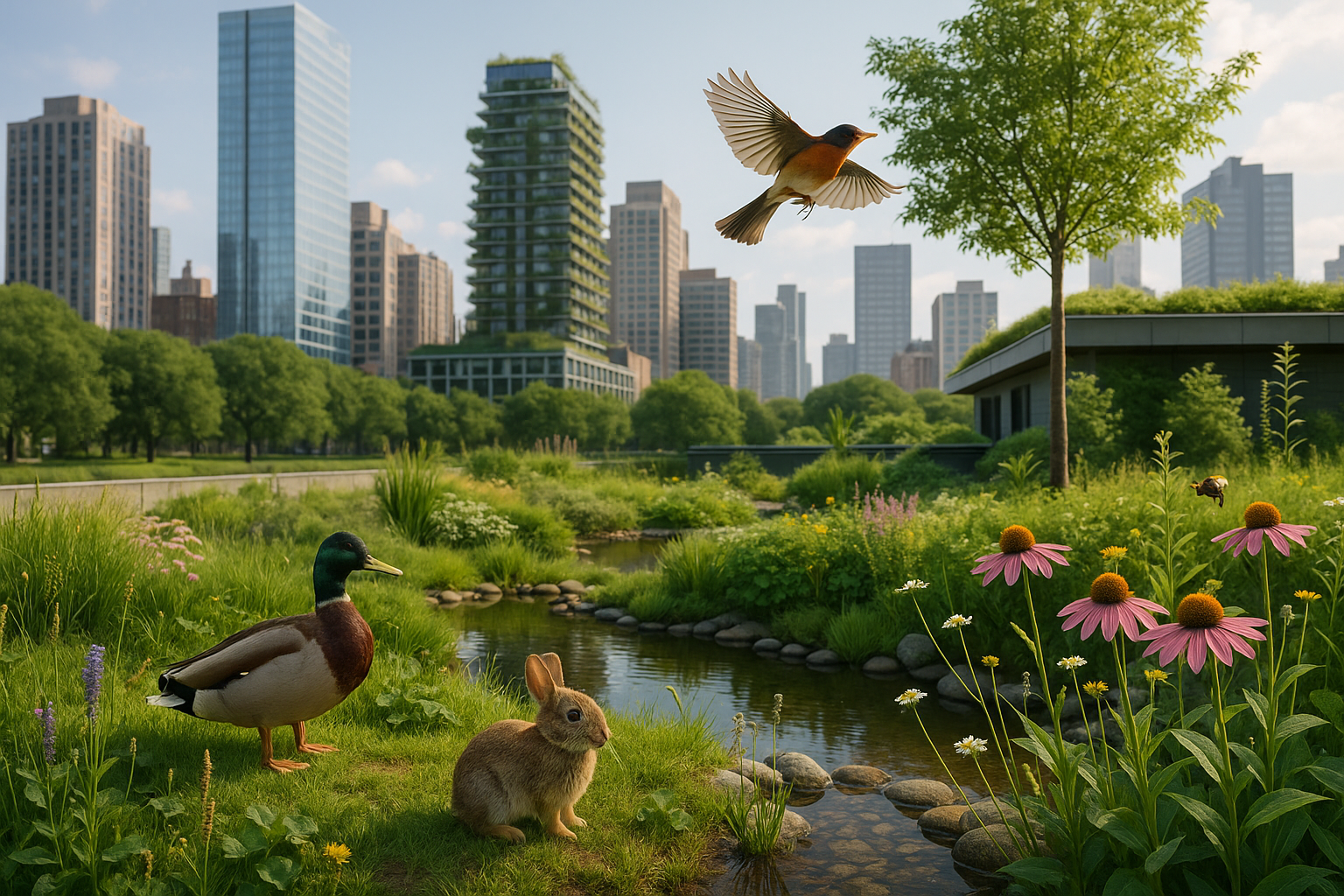A Thriving Future for Urban Wildlife: The Rise of Green Infrastructure
The rapid expansion of urban areas worldwide has significantly affected wildlife. However, an innovative approach known as 'green infrastructure' is offering an effective solution to this problem. This article delves deep into the concept of green infrastructure, its history, current developments, and impact on urban wildlife conservation.

A Historical Perspective on Green Infrastructure
Green infrastructure, though a relatively new term, has its roots in ancient civilizations. From the Hanging Gardens of Babylon to the Aztec Chinampas, humans have always tried to incorporate nature into urban environments. However, the modern concept of green infrastructure emerged in the late 20th century, when urban planners started recognizing the importance of integrating natural elements within city landscapes.
The Present Scenario: Updates on Green Infrastructure
Today, green infrastructure has evolved into a vital strategy for urban biodiversity conservation. Cities worldwide are now investing in green roofs, wildlife-friendly gardens, and urban wetlands. In 2021, Paris set a remarkable precedent by mandating the greening of all new rooftops, while San Francisco launched the ‘Green Connections’ project to increase biodiversity in urban zones.
The Role of Green Infrastructure in Wildlife Conservation
Green infrastructure provides crucial habitats for urban wildlife, from birds and insects to small mammals. For instance, green roofs are now home to a variety of insect species, while urban wetlands provide a safe haven for amphibians and water birds. The concept fundamentally changes the way we view cities, not as concrete jungles, but as potential wildlife havens.
The Economics of Green Infrastructure
As for the cost, green infrastructure projects vary widely, from low-budget community gardens to multi-million dollar park renovations. Despite the upfront costs, these initiatives are generally cost-effective in the long run due to their multiple benefits, including enhanced property values, improved air quality, and reduced stormwater management costs. They are also creating a new market for eco-friendly construction materials and urban farming supplies.
The Future of Green Infrastructure
With urbanization set to continue at an unprecedented pace, the importance of green infrastructure will only grow. It is not just about preserving wildlife; it’s about creating sustainable cities that are resilient to climate change and provide a higher quality of life for their inhabitants.
In conclusion, green infrastructure is not just a trend, but a necessity. It represents a paradigm shift in urban planning and a promising solution to the challenges of urban wildlife conservation. Through wise investment and thoughtful design, we can transform our cities into thriving habitats for both humans and wildlife.






